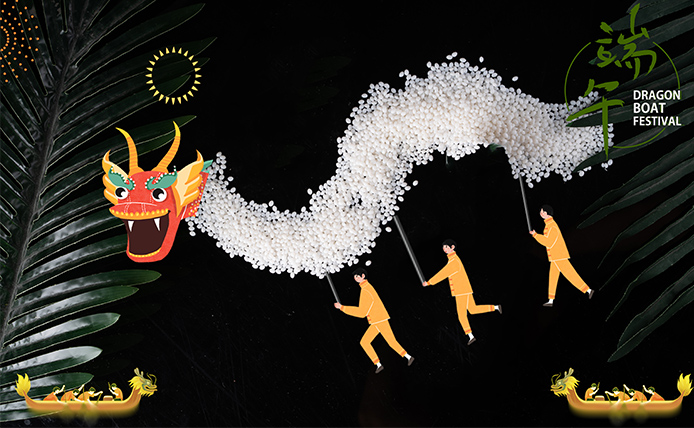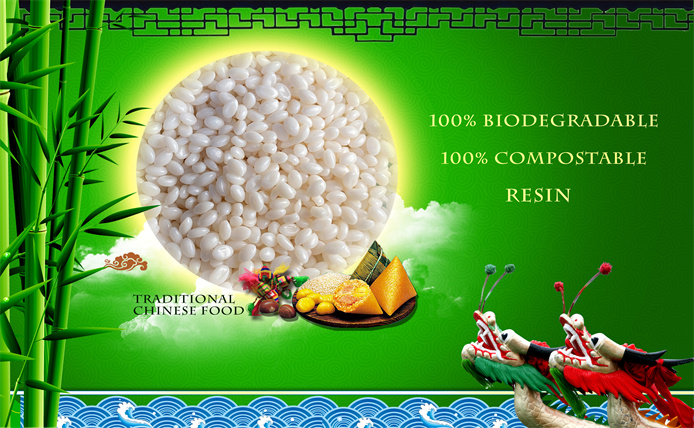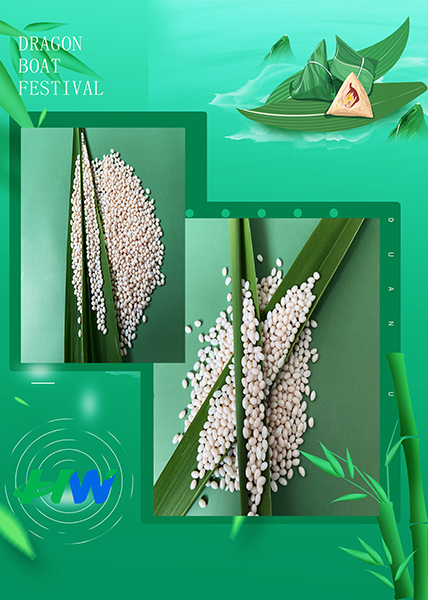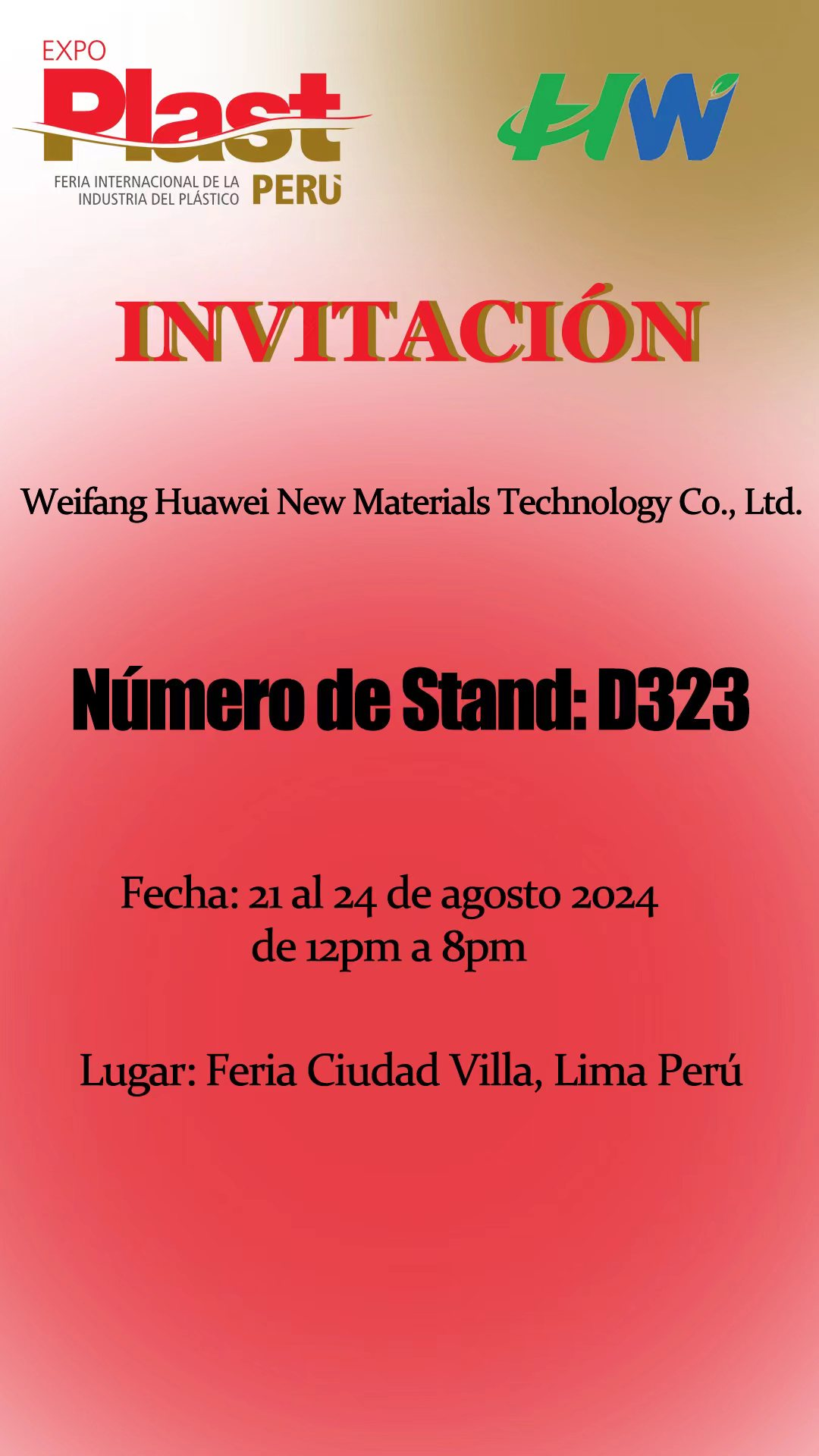
1. The History and Origin of Dragon Boat Festival
The Dragon Boat Festival is also called DuanWu,which is celebrated every year on the fifth day of the fifth month according to the lunar calendar. The date changes every year but it is usually celebrated in June. The Dragon Boat Festival, also known as the Double Ninth Festival, the Mid Heaven Festival, etc., is on the fifth day of the fifth day of the fifth lunar month every year. It is a folk festival integrating worship of gods and ancestors, praying for good fortune and evil spirits, celebrating entertainment and eating. It is a traditional holiday which commemorates the death of Qu Yuan, China's first known poet, who drowned himself when his home state of Chu was overthrown. The Dragon Boat Festival originated from the worship of natural phenomena and evolved from the worship of dragons in ancient Jidai Matsuri. In the midsummer of the Dragon Boat Festival, the Canglong Qixiu flew up in the center of Zhengnan, occupying the most "central position" throughout the year, as stated in the fifth line of the Qiangua in the Book of Changes: "Flying dragons are in the sky. The Dragon Boat Festival is an auspicious day of "Flying Dragon in the Sky", and the dragon and dragon boat culture have always run through the history of the Dragon Boat Festival.
The Dragon Boat Festival is a traditional cultural festival popular in China and other countries in the Sinosphere. It is said that Qu Yuan, a poet of the Chu State in the Warring States period, committed suicide by jumping into the Miluo River on the fifth day of May. Later generations also took the Dragon Boat Festival as a festival to commemorate Qu Yuan; It is also said to commemorate Wu Zixu, Cao E and Jie Zhitui. The origin of the Dragon Boat Festival covers the ancient astrological culture, humanistic philosophy and other aspects, and contains profound and rich cultural connotation. In the process of inheritance and development, it blends a variety of folk customs as a whole. Due to different regional cultures, there are differences in the content or details of customs. According to the legend, people in Chu were moved by Qu Yuan’s death. They rowed boats up and down the river to look for his body, and drop the rice balls into the river to distract fishes’ attention from Qu’sbody.

The Dragon Boat Festival, together with the Spring Festival, Qingming Festival and Mid-Autumn Festival, is known as China's four major traditional festivals. The Dragon Boat Festival culture has a wide influence in the world, and some countries and regions around the world also have activities to celebrate it. In May 2006, the State Council listed it in the first batch of national Intangible cultural heritage lists; Since 2008, it has been listed as a national statutory holiday. In September 2009, UNESCO officially approved its inclusion in the Representative List of Intangible cultural heritage of Humanity, and Dragon Boat Festival became the first festival in China to be included in the World Intangible Cultural Heritage. On Dragon Boat Festival, every family cleans up their courtyard or the door and puts wormwood and moxa leaves on the door frame to dispel disease, mosquitoes and evil things. In some places adults drink Xiong Huang wine (realgar wine) can fend off evil spirits and dispel snakes or rats. Parents also need to wear their children with sachets. They first sew little bags with colorful silk cloth, then fill the bags with perfumes or herbal medicines. The sachets are supposed to protect the children from evils.
2. Is Resin biodegradable and compostable safe and Non-toxic?

The raw materials produced by our factory is safe,non-toxic and 100% biodegradable & 100%
compostable. Protecting Our Earth, Humanity!
The more people become environmentally conscious, the safer our environment becomes. Companies
are now creatively making all their products biodegradable to reduce pollution
and havoc caused on our environment due to the disposal methods.
Governments of different companies globally are now enforcing laws that make manufacturers
display all the materials their products are made from. This is to make every consumer aware
of the products they want to purchase and what it is made of.
Huawei manufactory plants produce resins.
1. Starch based biodegradable & compostable resin
2. COCO3 based biodegradable & compostable resin
3. PBAT
4. Compostable & biodegradable pbat based filler
The resins act as a form of defense and protection against insects and pathogens. Resin is a mixture
of organic compounds because it is organic (it is gotten naturally from plants). When harvested by man,
it is a solid or highly viscous substance that can be easily converted into polymers.
Most significant feature is that Huawei consists of 100% nature raw material. No chemical substance derived from petroleum and gas is used. It is safe and non- toxic.
1. Starch based biodegradable resin. Starch is widely available in developing countries.
2. COCO3 based biodegradable resin. CaCo3 based biodegradable & compostable resin is kind of PBAT modified blown plastic with high filling and industrial
composting degradation, which has non-non degradable organic components.
3. Cellulose based biodegradable resin. Cellulose is non-edible biomass.
4. Biodegradable resin composite material combined with nanocellulose which can increase mechanical strength, biodegradability, foaming property, molded property, crystallinity, heat durability etc.
5. Biodegradable resin combined with various types of biomass wastes such as waste wood, paper, bamboo, etc. It can save resin cost and utilize biomass wastes efficiently.
6. Molded products consisting of 100% nature biodegradable resin can be manufactured with normal procedure and our material, in the industrial mass production level.
7. Protecting nature and 100% degradable & 100% compostable.
